The Dictator Of Time
(De)Contextualizing the Phenomenon of Laterna Magika by Lucie Česálková & Kateřina Svatoňová, Spector Books, Leipzig, 408 pages, 417 b/w – and colour illustrations, March 2023
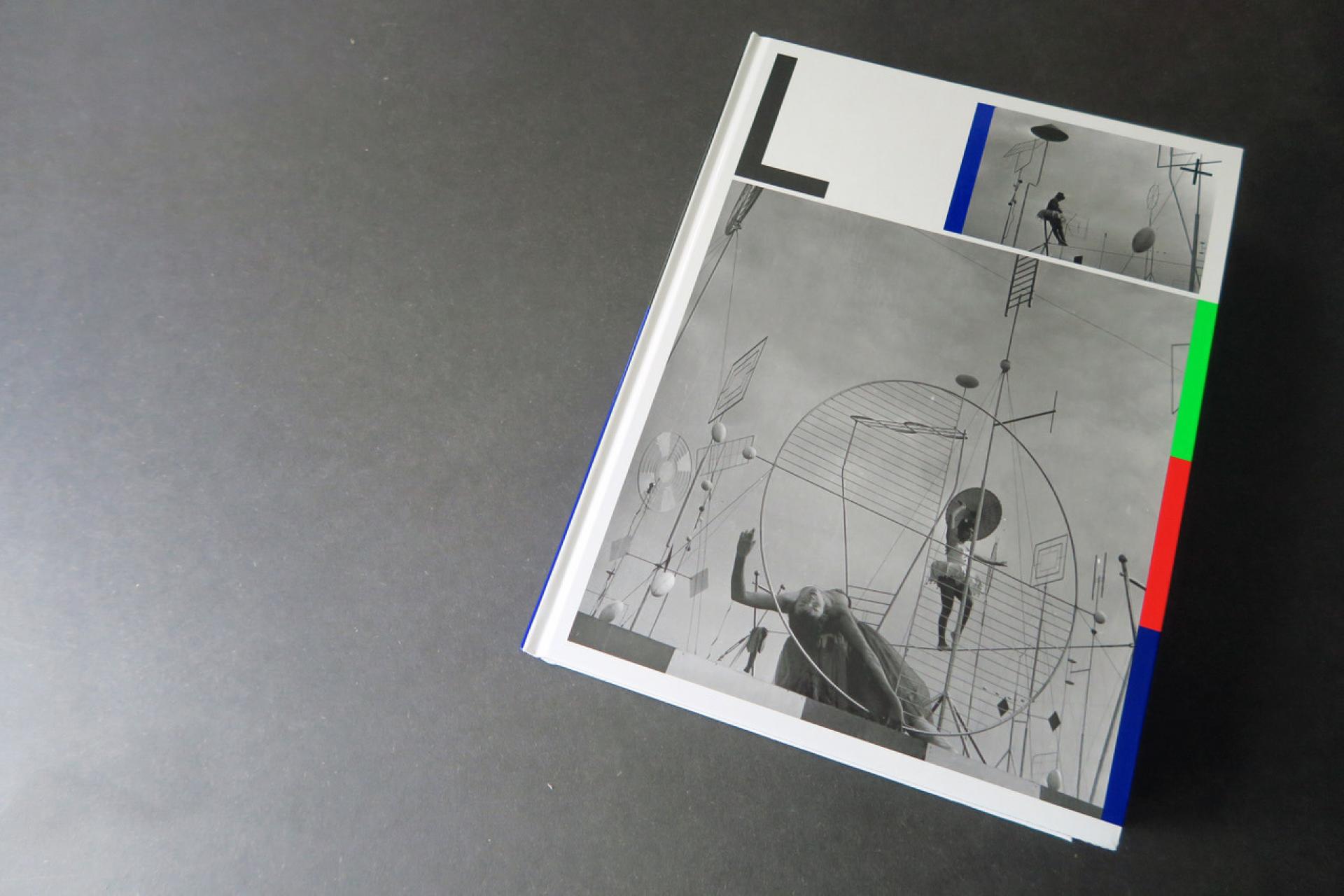
What does a book regarding a multimedia theatre play founded in the late 1950s Czechoslovakia do here? Well, it’s rather simple: architecture is not only the art of constructing buildings that will last (maybe) for centuries, it’s also about bodies in space, coloured lights, sound and narration. One should just remember that Charles and Ray Eames produced no less than 125 films, built a pavilion for IBM at the New York World’s Fair (1964-65) or invented a seven-screen projection system for the American Exhibition in Moscow (Glimpses of the USA,1959) to understand that architects perceived early the fun and creativity that resides in multimedia installations.
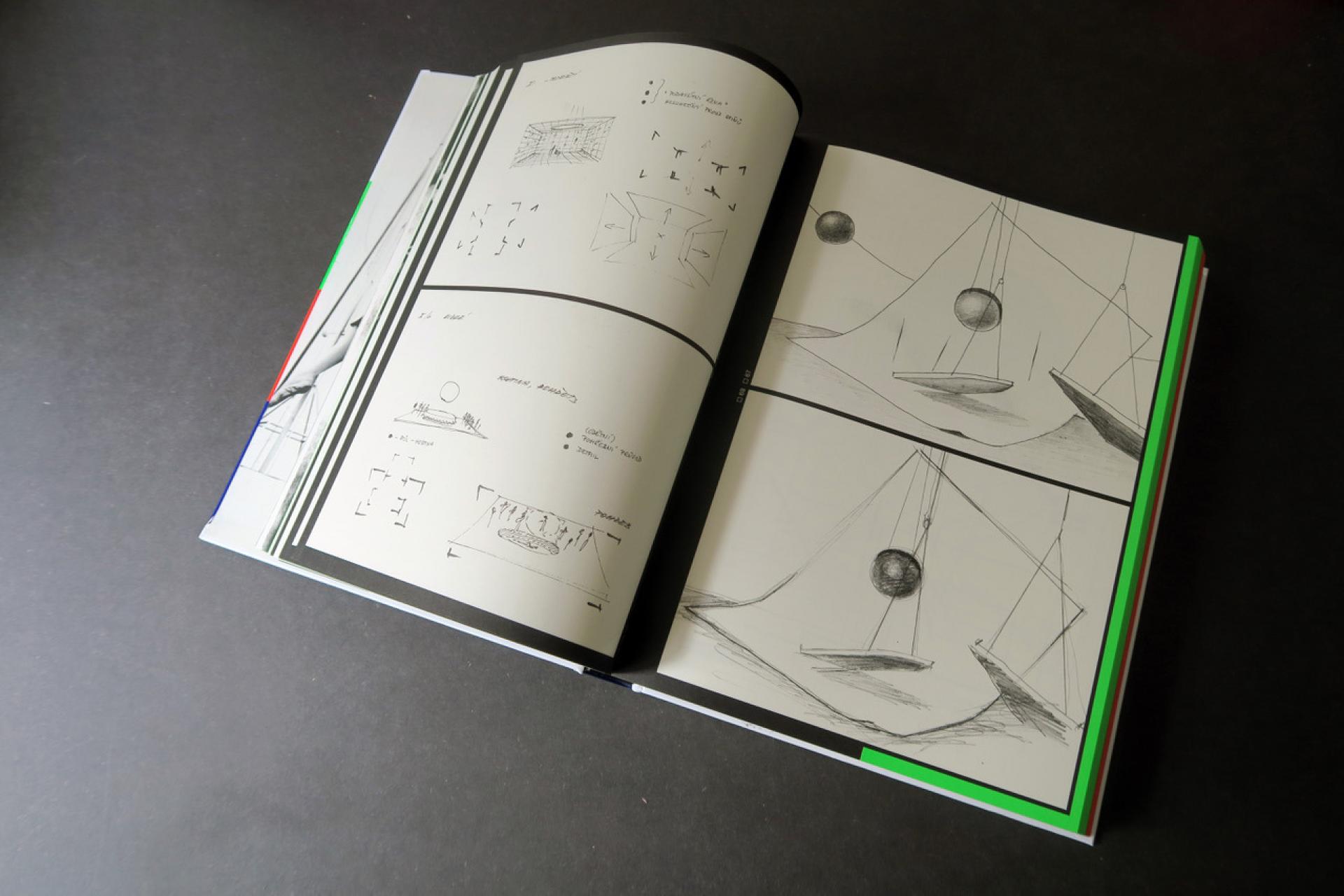
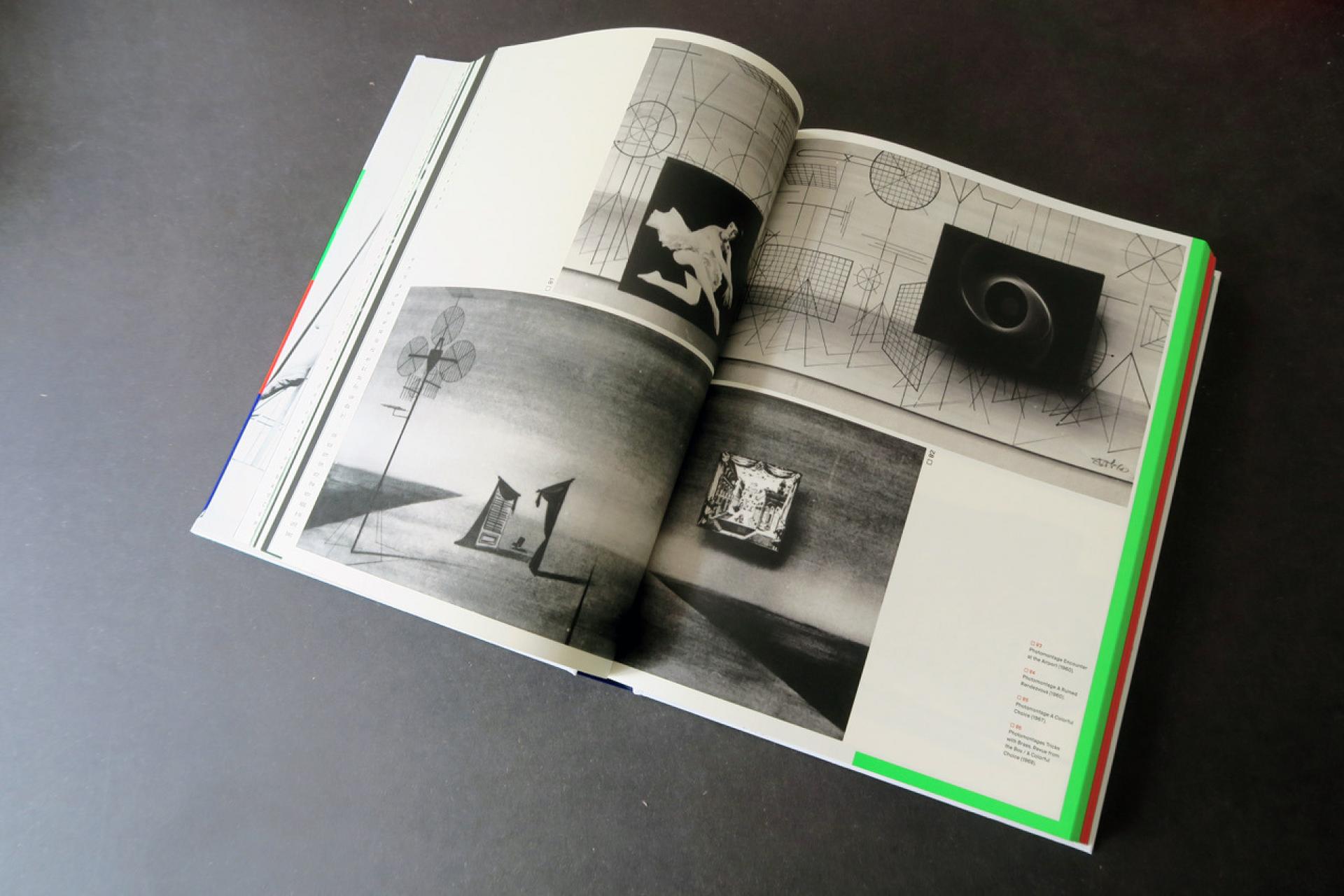

The Laterna Magika was first inaugurated in 1958 during the Expo in Brussels. (The year when Egon Eiermann and Sep Run delivered their masterpiece for the German pavilion.) It was a tool to display the technological revolutions of Czechoslovakia, but also the beauty of its citizens, landscapes, old towns and traditions. The audience was immersed in an experimental scenography, several screens floating in a space inhabited by kinetic sculptures, dancers, curtains, musicians. A multimedia show with a playful use of technology (synchronised film projectors) with a strong ideological background. (But do not all the world fairs and their national pavilions intensively deal with power, politics and propaganda?)
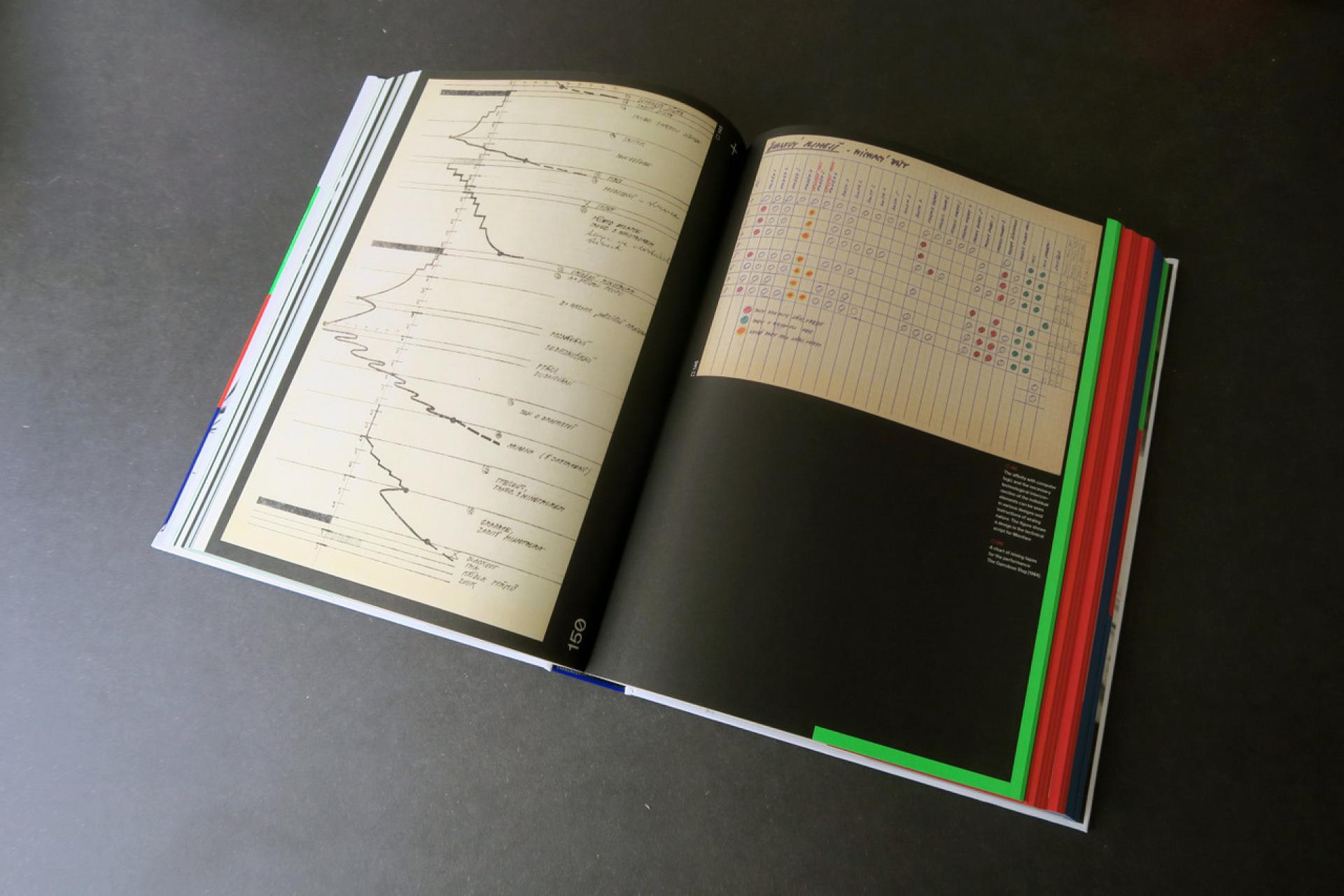

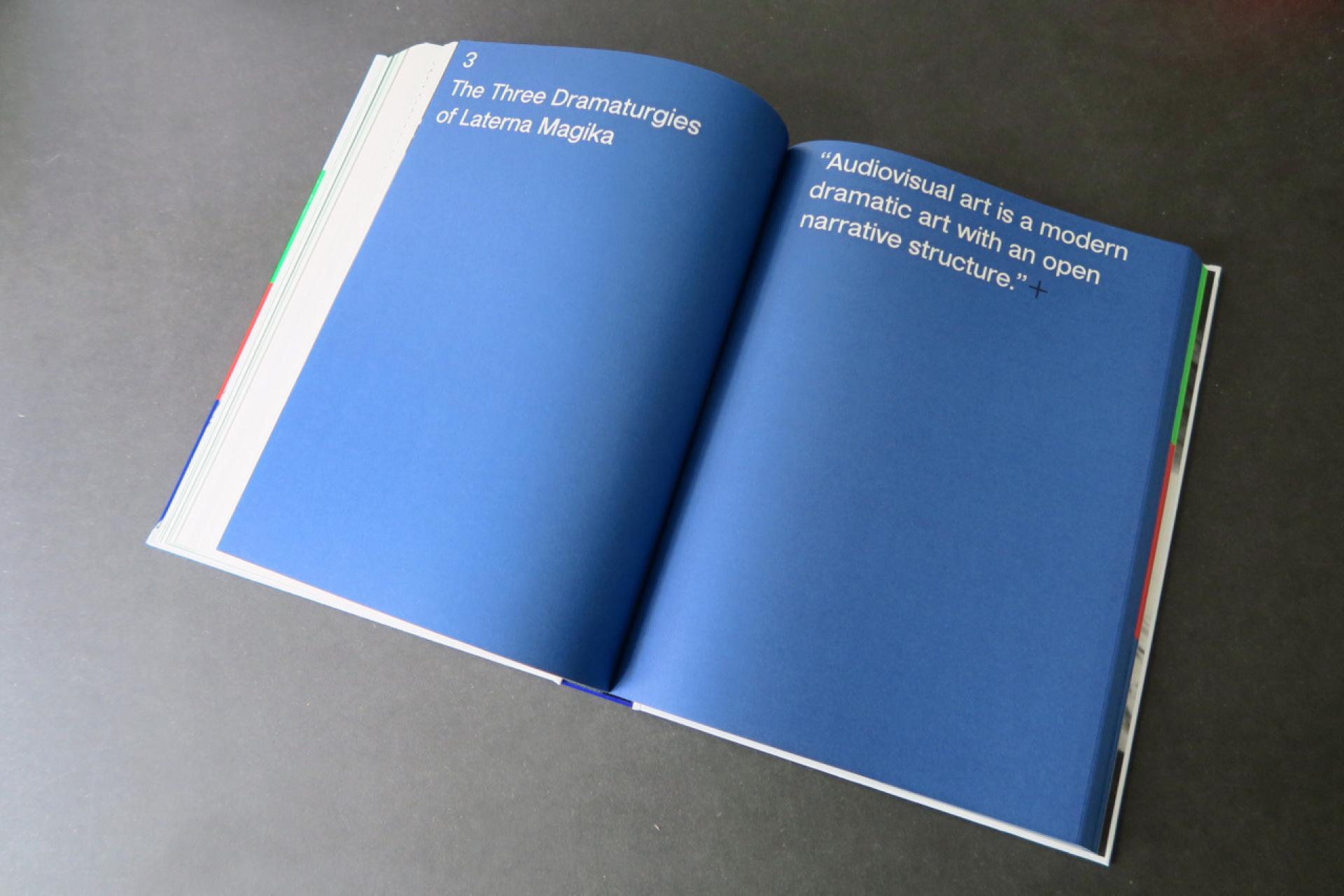
Obviously, what one finds in this book is the birth of stage design as we know it now for the Rolling Stones, Depeche Mode or Beyoncé – but also the invention of contemporary exhibition’s architecture. How many actual shows are relying on multimedia techniques to enhance the experience of the visitors when they face artworks or objects? How spectacular have become the scenes of concerts in front of 50,000 spectators in a stadium? And we tend to forget the power of those mise en scène, as they are often better than the music or art they display.

The Laterna Magika was ephemeral and temporary by nature. Even if it was showcased in Montréal, Bratislava, Leningrad, Mexico or Osaka (to name just a few), its message was transformed each time and its narration adapted with new technologies and its scenography got more complex and playful. It continued to produce performances until 2018, regularly in Prag, losing the ideological content requested by World Fairs to deal with the circus or classical dance. If one can still visit the reconstructed Barcelona Pavilion by Mies van der Rohe or see the Eiffel Tower and the Atomium from far away, there is nothing left from the different versions and presentations that took place in the different programs from the Laterna Magika…
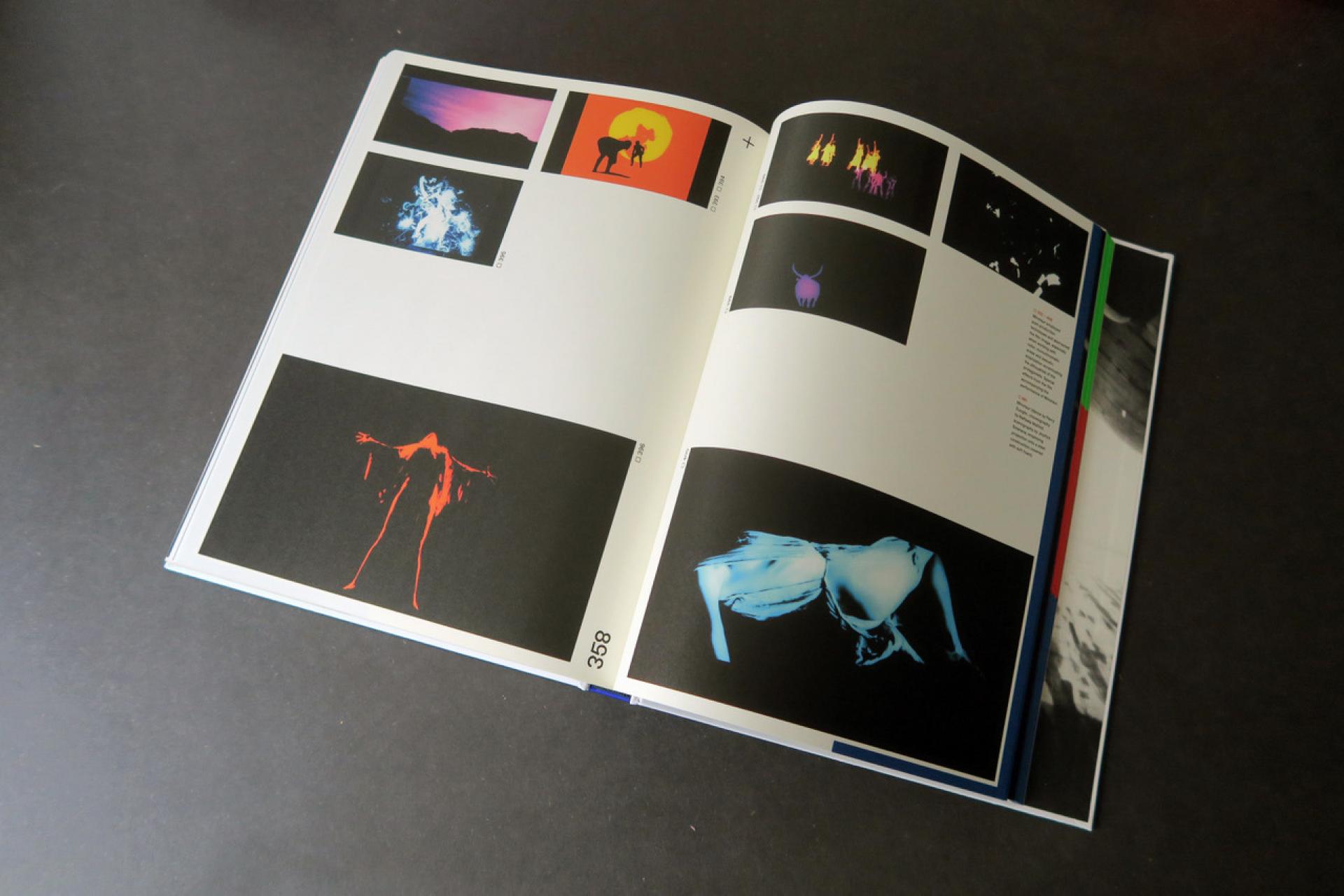
Or no, sorry, there is one thing that allows us to dive into that story: this amazing 400-page book that contains so many archives, drawings, photographs, essays and testimonies that it brings it back to life!
-